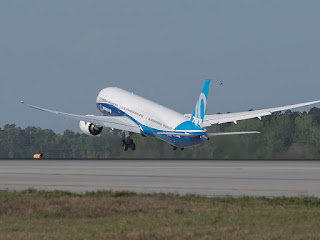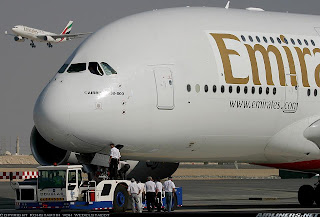The Glass Cockpit Advantage
Developed in the 1970s and implemented in the 1990s. The glass cockpit has a lot of advantages for pilots. Technically referred to as Technically Enhanced Cockpit, it refers to series of flight management computers that can be programmed to fly an aircraft
A glass cockpit is a new technology in an airplane that features series of electronic or digital displays on an LCD screen as opposed to an analogue cockpit that features gauges or dials. Glass cockpits are easier to read and much more accurate than their analogue counterpart.
Advantages to Pilots?
Though pilots still use the T formation scan to cross check. The glass cockpit makes this checks easier and reduces stress and fatigue on the part of the pilots and it is less likely that a critical gauge will be missed. Again, they have fewer breakdown and components malfunction.
More Accuracy?
Glass cockpits are much more accurate than their analogue counterpart. They give accurate readings, the information is more precise, and the data is displayed more ergonomically. Glass cockpits also include feedback loops and the capability for self-checking to alert the pilot to problems before they become emergencies. The system also provides a checklist for some issues that the pilot can use to attempt to troubleshoot the problem and correct it immediately.
As electronic and digital instruments become more sophisticated, glass cockpits will become standard for aircraft in the future. Although there is additional training necessary for pilots who switch from traditional analog instrumentation to glass cockpits, the accuracy and dependability of the newer systems offer reduced pilot fatigue, resulting in safer flying for crew and passengers.
Courtesy: Covington Aircraft
 | |
| A Glass cockpit for an Airbus A320. Photo credit: Airliners.net |
 | |
| A glass cockpit for a B777. Photo credit: Airliners.net |
 |
| A glass cockpit for a B737-800. Photo credit: Airliners.net |
Advantages to Pilots?
Though pilots still use the T formation scan to cross check. The glass cockpit makes this checks easier and reduces stress and fatigue on the part of the pilots and it is less likely that a critical gauge will be missed. Again, they have fewer breakdown and components malfunction.
More Accuracy?
Glass cockpits are much more accurate than their analogue counterpart. They give accurate readings, the information is more precise, and the data is displayed more ergonomically. Glass cockpits also include feedback loops and the capability for self-checking to alert the pilot to problems before they become emergencies. The system also provides a checklist for some issues that the pilot can use to attempt to troubleshoot the problem and correct it immediately.
As electronic and digital instruments become more sophisticated, glass cockpits will become standard for aircraft in the future. Although there is additional training necessary for pilots who switch from traditional analog instrumentation to glass cockpits, the accuracy and dependability of the newer systems offer reduced pilot fatigue, resulting in safer flying for crew and passengers.
Courtesy: Covington Aircraft


Comments
Post a Comment